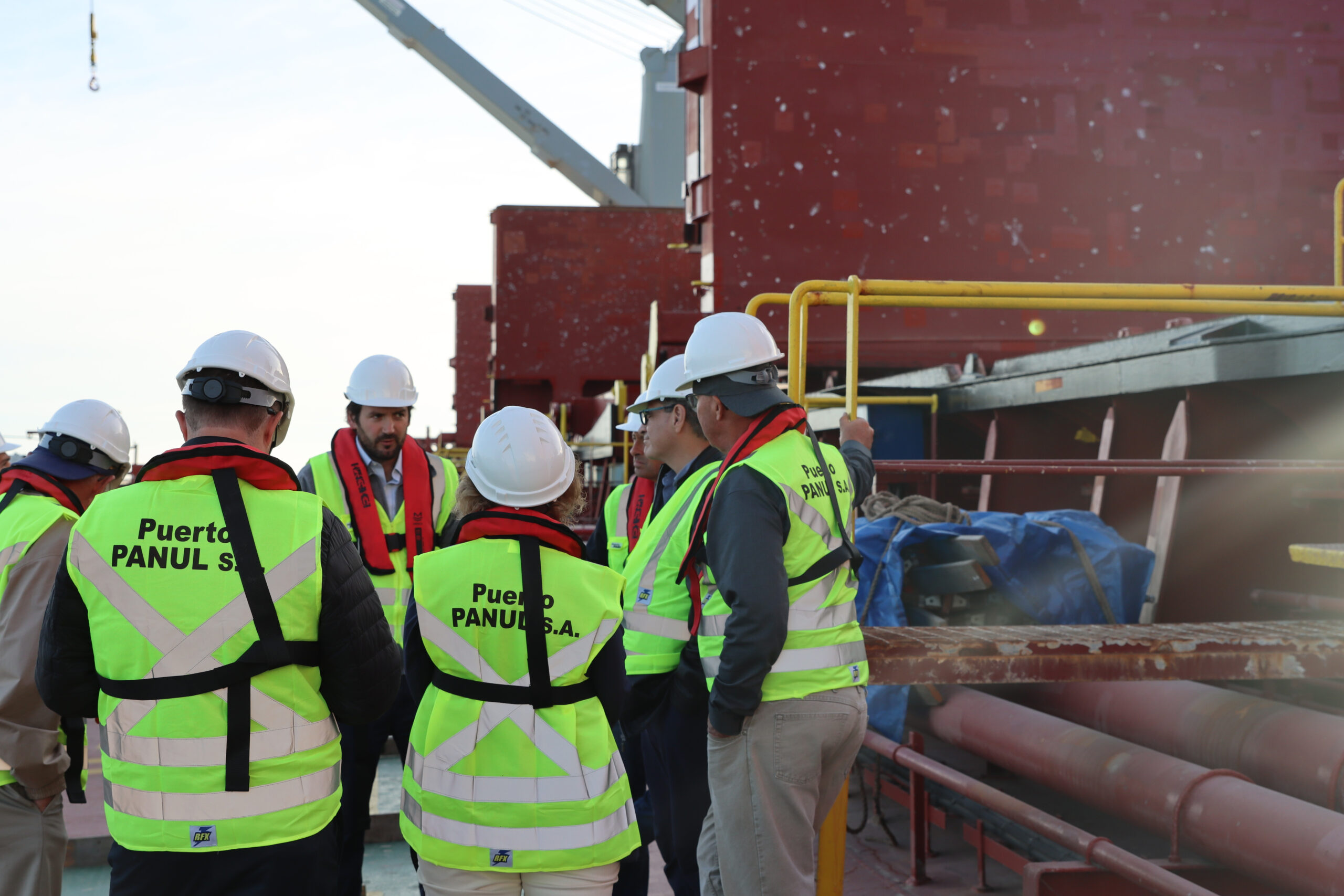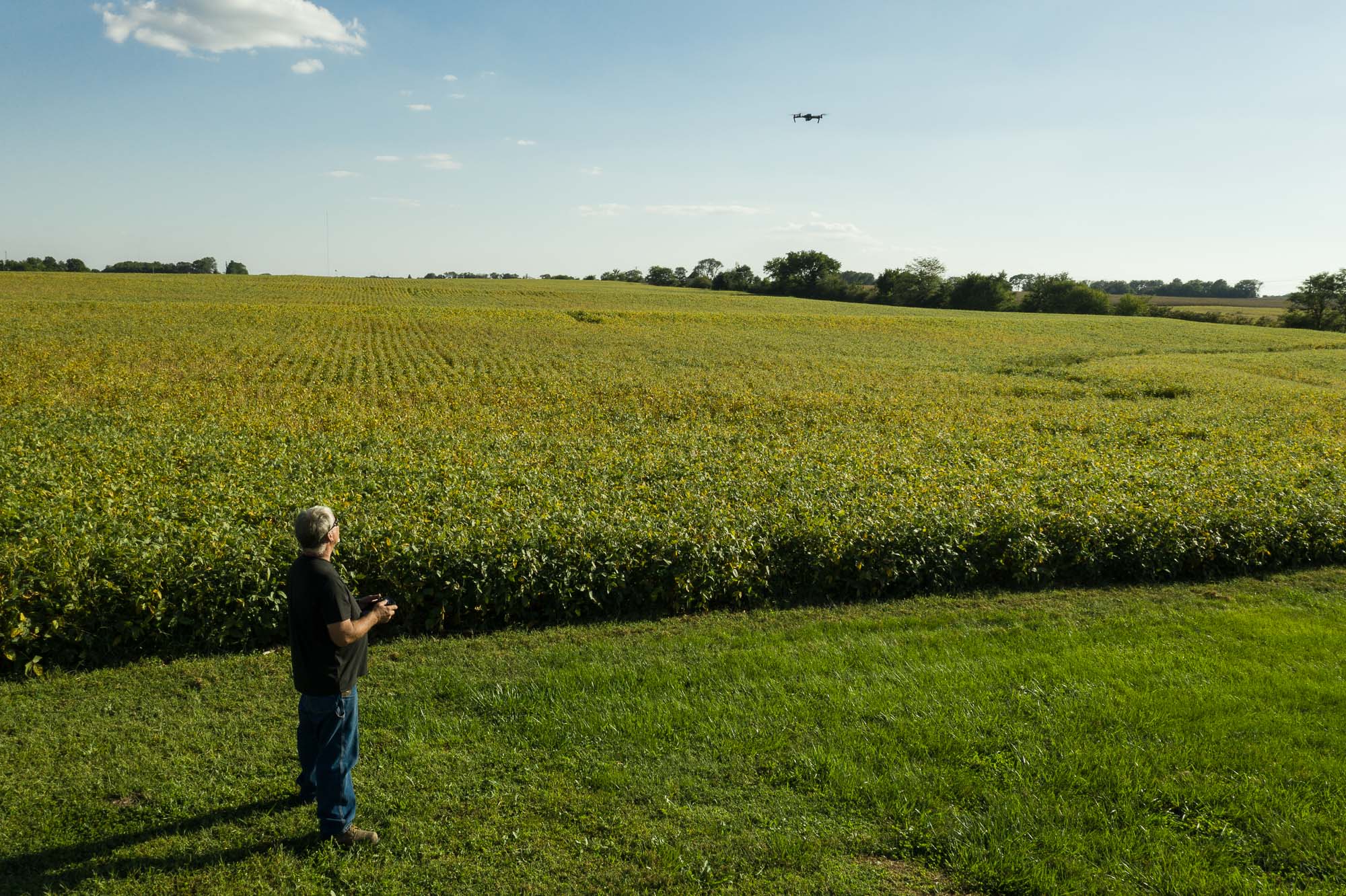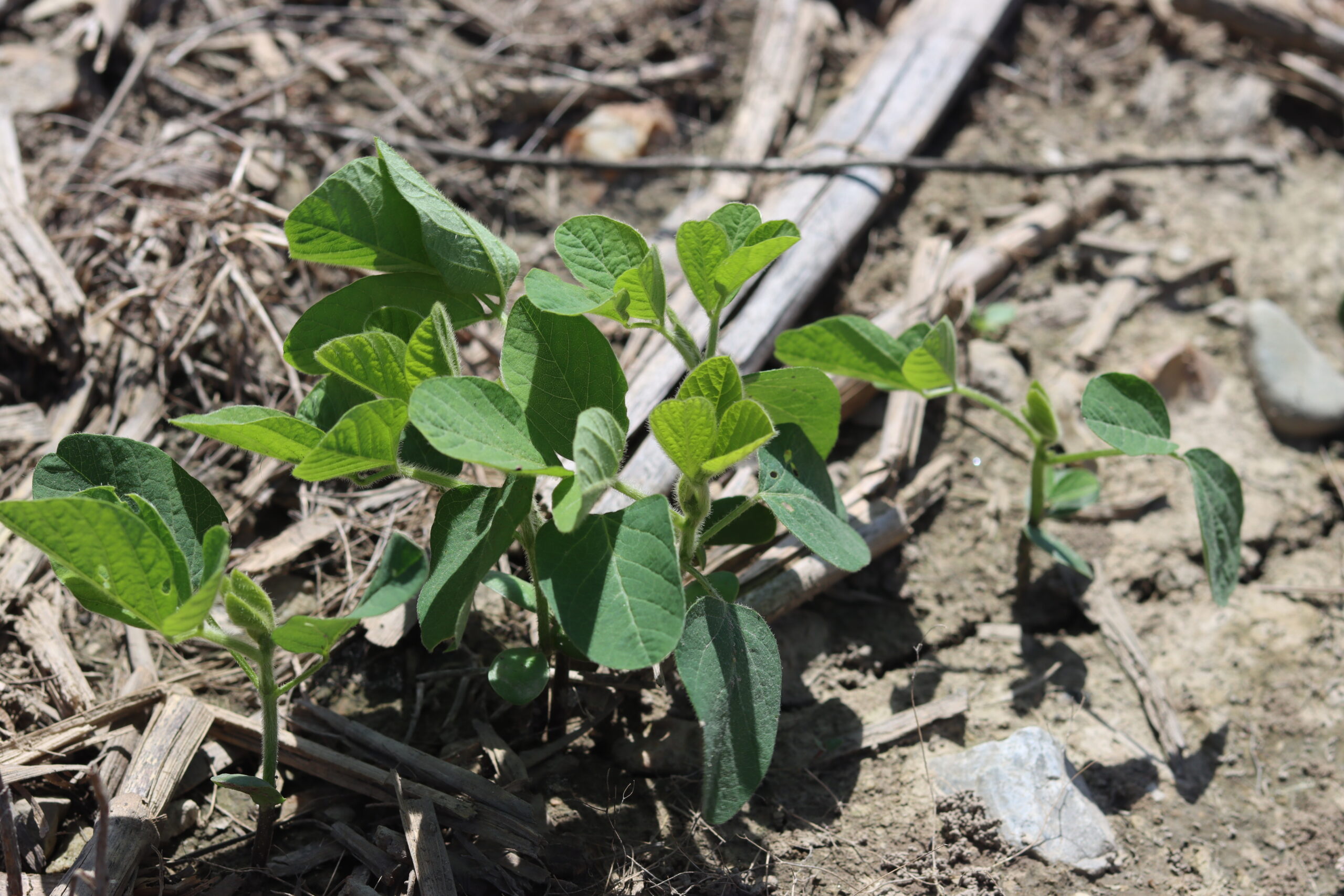The importance of international travel and creating conversation
Nine soybean growers are traveling internationally to progress the soybean industry through global conferences and an inaugural trade mission this summer. Farmer leaders are spreading the soybean story across five countries vital to the growth of our state’s number one cash crop – the soybean.
“Understanding market needs, building relationships, and earning trust with local stakeholders is foundational to U.S. Soy delivering on the vision of advancing nutrition and food security sustainably, and our mission of maximizing utilization of U.S. Soy,” said Jim Sutter, CEO of the U.S. Soybean Export Council (USSEC), the export market development arm of the U.S. soybean industry.
For part of June, soybean producers from each part of the state are taking on-farm knowledge overseas to impactful industry stakeholders. Missouri soybean growers will be traveling to Ireland, England and Germany for a first-ever organizational trade mission, Austria for a World Soybean Research Conference and Chile for a four-part mission with several qualified state soybean boards (QSSBs).
“International travel provides great opportunities to build and maintain relationships in key markets,” said Gary Wheeler, Missouri Soybeans CEO and executive director. “The goal of these trips is threefold – policymaker and customer education, market expansion and leadership development.”
Entering Europe
This is Missouri Soybeans’ first trade mission, allowing farmers to visit with important partners and thank them for their past business. As part of this leadership program, Missouri Soybeans will travel to Europe to understand and assess the impact of legislation on European farmers and related industries and how they cope with and overcome strict regulatory requirements. The team will gain insight into how these requirements may impact U.S. farmers.
Europe and U.S. Soy have a mature relationship that the industry works to maintain. In 2020/21, Europe increased production by 3%, reaching 4.75 MMT (175 million bushels).
Europe is the second biggest overseas market for U.S. soybeans valued at more than $2 billion/year. This growth has the potential to increase in the coming years as U.S. soybean meal and crush expands dramatically.
The international trip will help assess the market and quality of crops, along with pinpointing issues and emerging technologies coming to Europe and what it could mean for Missouri farmers. The intent is to show international customers how soybean farmers can continue supplying reliable, high quality and sustainable products.
Agronomics in Austria
The aim of the World Soybean Research Conference is to promote soybean research and to encourage the global soybean community to interact and initiate discussions, aiming to give answers and raise new questions on the globally important crop, fundamental for the food and feed supply. This research conference is organized every four to five years around the world and provides a global perspective on critical issues facing the industry.
During the conference, the Missouri Soybeans team will discuss SOYLEIC® soybeans and how they provide the European market with a viable non-GMO option to remain competitive in the growing food and agriculture sector.
SOYLEIC® soybeans are the only High Oleic (HO) soybeans being grown in Europe by an Italian agribusiness, Sipcam Oxon.
During the World Soybean Research Conference, Missouri Soybean Merchandising Council (MSMC) and SOYLEIC® soybean researchers Kristin Bilyeu, Zenglu Li and Brian Diers will present key findings from various funded projects. Topics by these elite breeders include soybeans in agricultural systems, genomic technologies, seed composition, soybeans for Africa, extension outputs and more.
The Emerging Chilean
This multi-state trade mission to Chile is part of a checkoff-funded project with Ag Processing, Inc. (AGP) and multiple other QSSBs to promote exports of soybeans and soybean meal to Latin America. This is a four-part project of two trade missions to Latin American markets to expand soybean demand in the Midwest.
The objective of the trip is to promote U.S. Soy as the preferred source of high-quality protein in the growing markets of Chile, understand the needs of processors and end-users, establish relationships, and understand how government policy affects market conditions.
Chile is an emerging market for U.S. agriculture. Shipments of U.S. agricultural and related products reached $1.24 billion in 2021. Chile imports 100,000 tons of soybeans (3.6 million bushels) and 1.1 million metric tons of soybean meals (1.2 million tons) from both the U.S. and our competitors.
Chile also has a free trade agreement between the two countries that ensures no duties for all U.S. agricultural products. One disadvantage is Chilean consumers’ and importers’ lack of awareness of the variety and quality of U.S. products.
While in Chile, stewards from Missouri will meet with customers, processors and representatives from USSEC and the U.S. Meat Export Federation.
Creating Global Conversation
Missouri Soybeans is well represented by these nine hand-picked farmers. With strong leadership, experience and a desire to expand the soybean market, these farmers are poised to make a swift and immediate impact internationally.
“One of the biggest investments of checkoff dollars is in international trade and market development,” said Wheeler. “These invaluable opportunities will allow Missouri farmers to gain a global perspective along with their peers and assist them with program investment decisions in the future for the benefit of all farmers.”
Follow these farmers’ journey @MissouriSoybean across all platforms.


